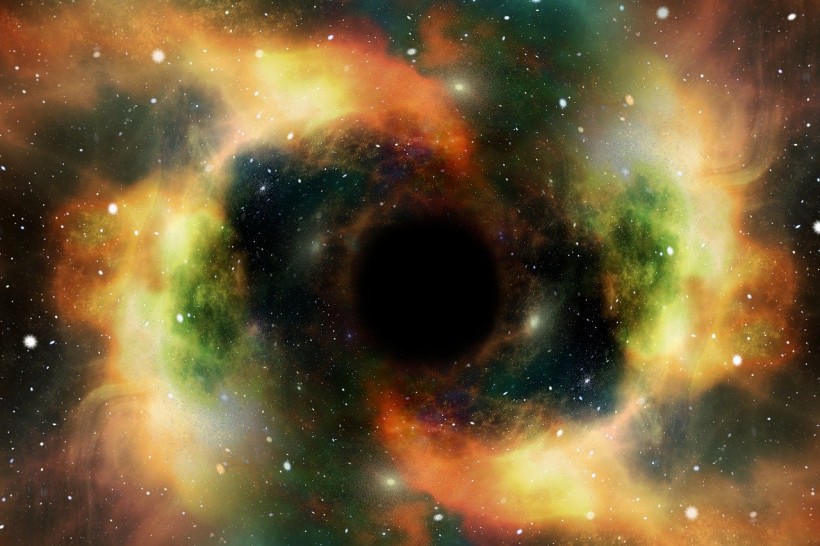According to a new study, fewer supermassive black holes go through growth spurts compared to what was previously suspected by astronomers.

Fewer Active Supermassive Black Holes Than Thought
All huge galaxies have supermassive black holes situated at their core. Some of these gigantic cosmic objects tend to go through bursts of extensive growth and shine brightly.
However, a new study yet to be peer-reviewed has revealed that based on observations made by the powerful James Webb Space Telescope, active supermassive black holes are fewer than expected. Should these be confirmed, it would pose questions regarding how these cosmic objects grew to be enormous and how they would affect their host galaxies.
Supermassive Black Hole Activity
Supermassive black holes, including the Milky Way's Sagittarius A, are usually quiet. However, there are instances when they experience an interstellar detritus surge that ends up raining over them. These cases tend to follow an intergalaxy collision and lead to the creation of an active galactic nucleus (AGN).
In such a case, the host galaxy's heart releases abundant light at various wavelengths as material influxes that swirl around the black holes end up heating up. On top of outshining their inhabiting galaxies, AGNs also serve as the brightest and most persistent light sources across the universe.
Allison Kirkpatrick, an astronomer from the University of Kansas, predicted in 2017 that the infrared eyes of the James Webb Space Telescope would enable the detection of several active black holes that are grounded on observations of earlier space-based telescopes that were not as sensitive as the JWST.
The powerful James Webb Space Telescope can spot more galaxies than other telescopes, such as the Spitzer Space Telescope, which detected AGN infrared signatures in almost one-third of 19 examined galaxies.
Interestingly, among the galaxies spotted by the JWST, which totals almost 500, only 6% were observed to contain AGN.
Astronomer Tonima Tashnim from Wayne State University, who did not participate in the study, explains that they are looking into a new population, as the data comes from the universe's far reaches that have become more accessible and observable because of JWST.
Kirkpatrick suggests fast-growing black holes dwelling and hiding within dusty and distant galaxies. Researchers may not have enough technical capacities to find them.
However, if active supermassive black holes are indeed fewer than thought, what is currently understood about the formation of black holes and galaxies will be questioned.
There is also a possibility. Some galaxies may not experience this phase of activity, and their black holes could have slow growth. As such, this hypothesis would entail that some supermassive black holes should have been hefty from the start.
RELATED ARTICLE: JWST Spots Earliest Supermassive Black Hole 10 Times the Sun's Mass and Is Still Actively Growing
Check out more news and information on Space in Science Times.














